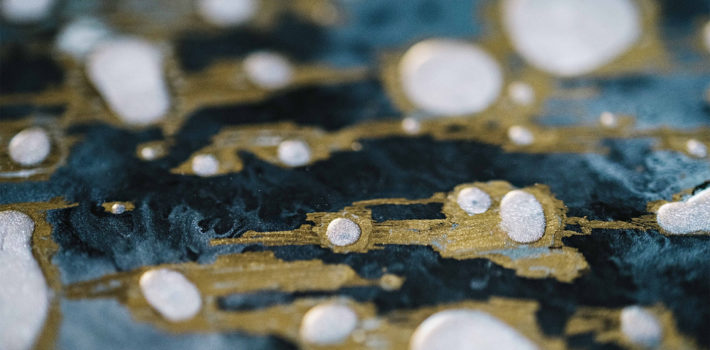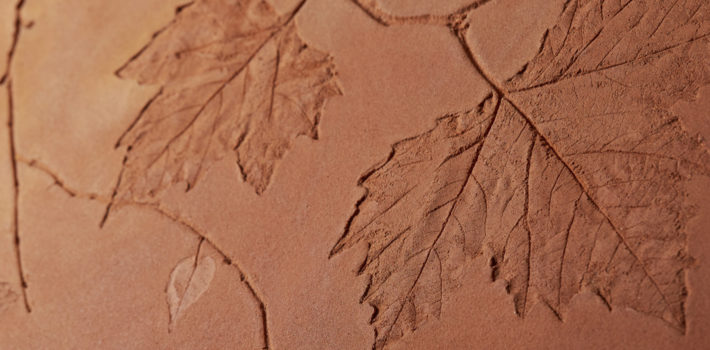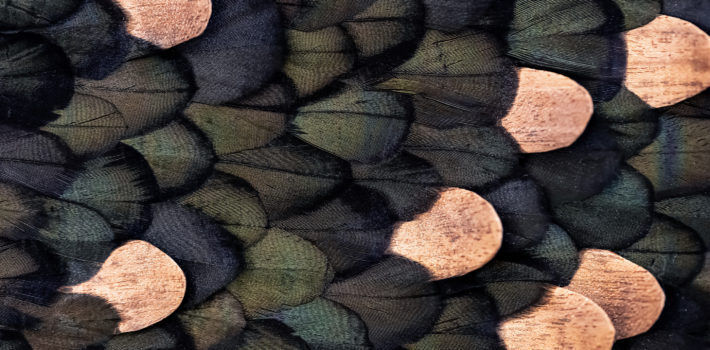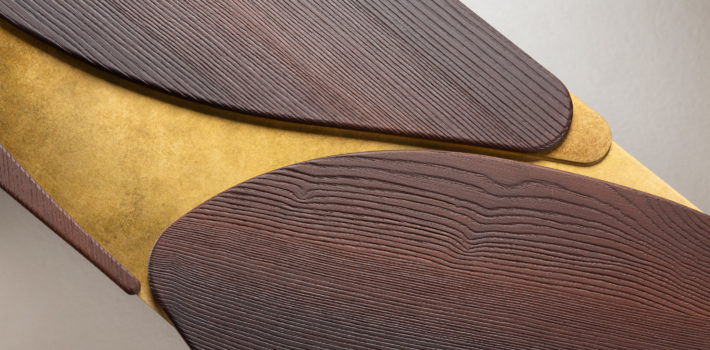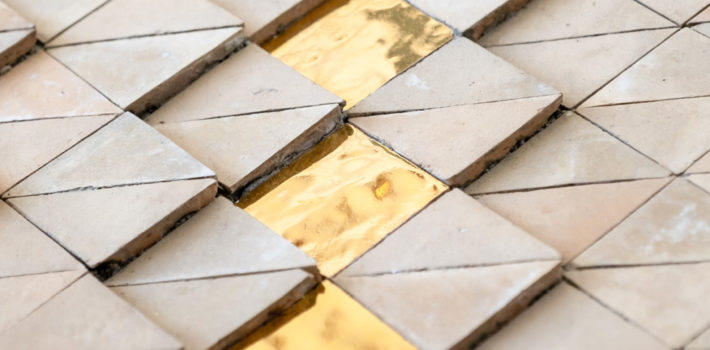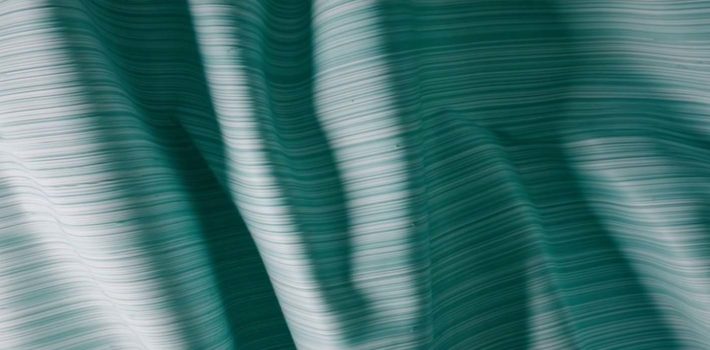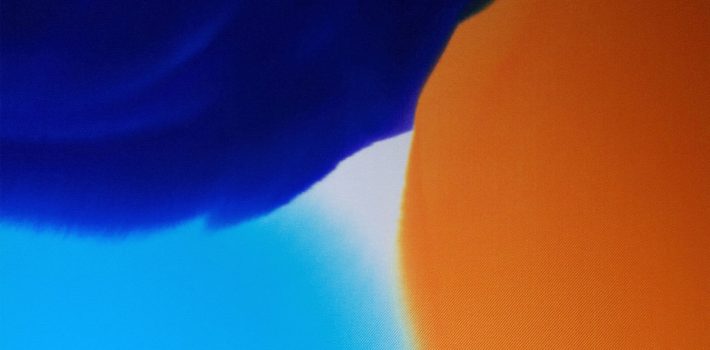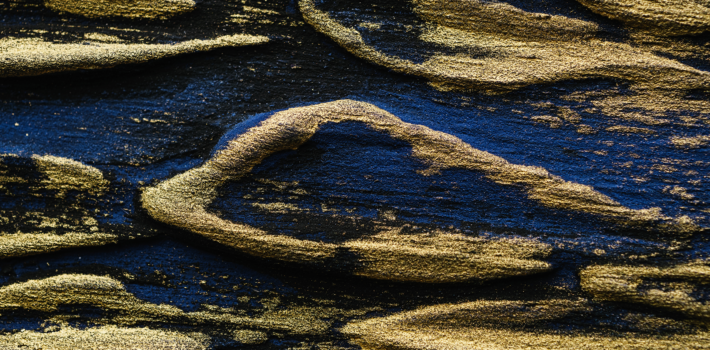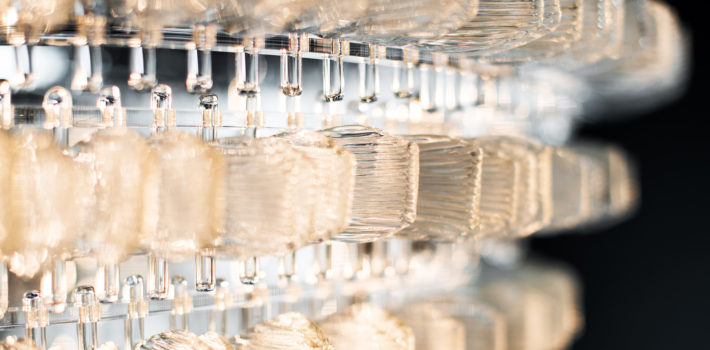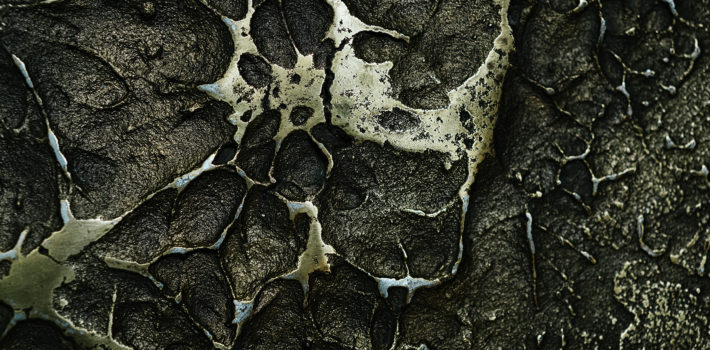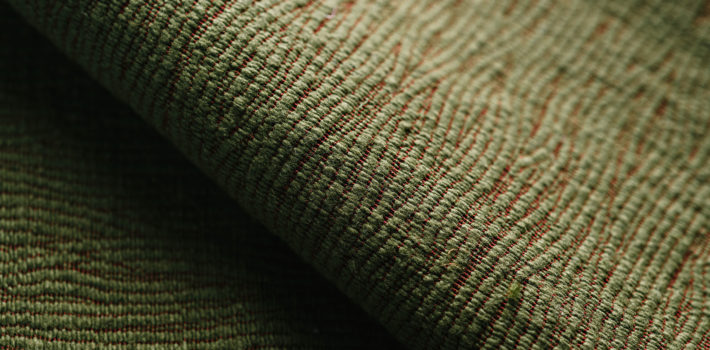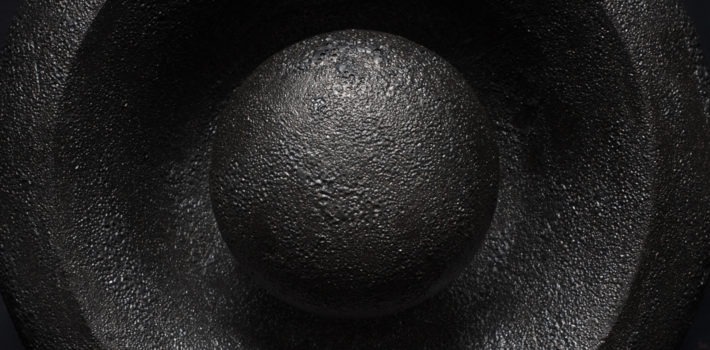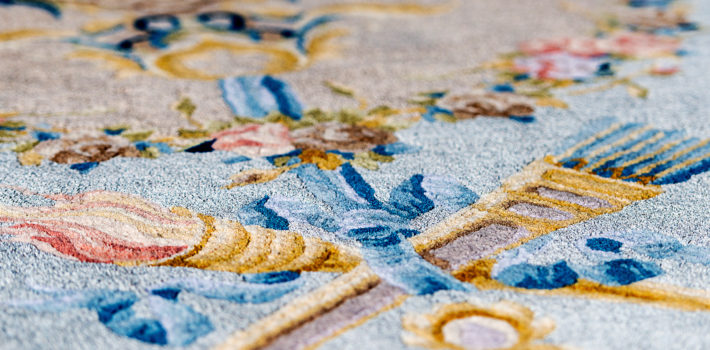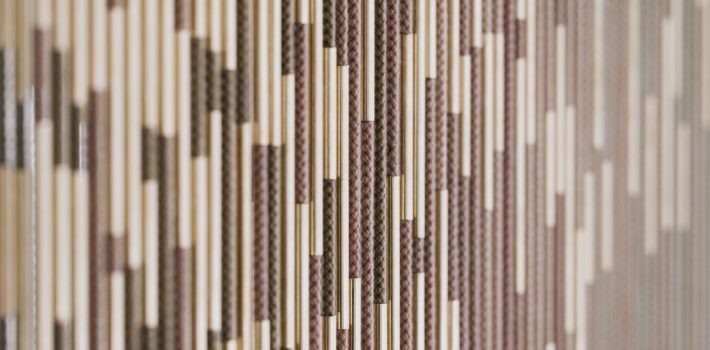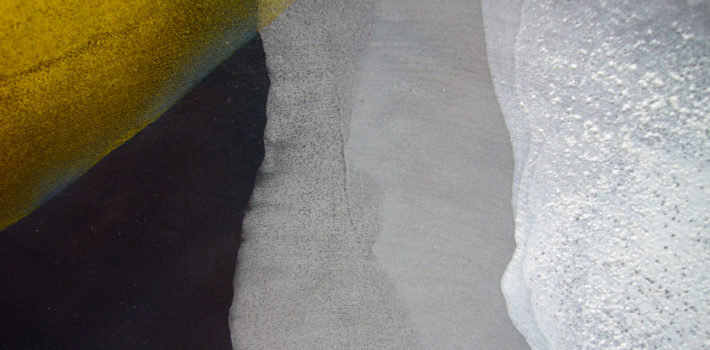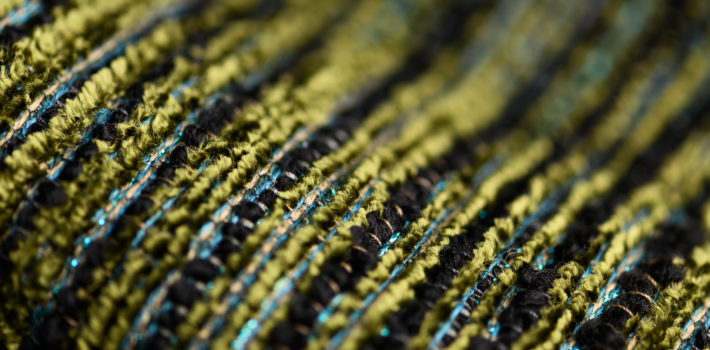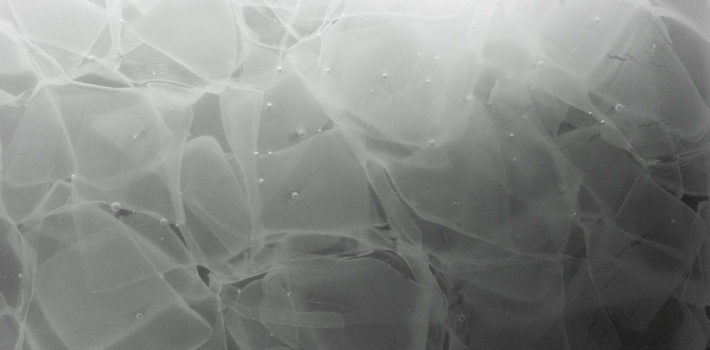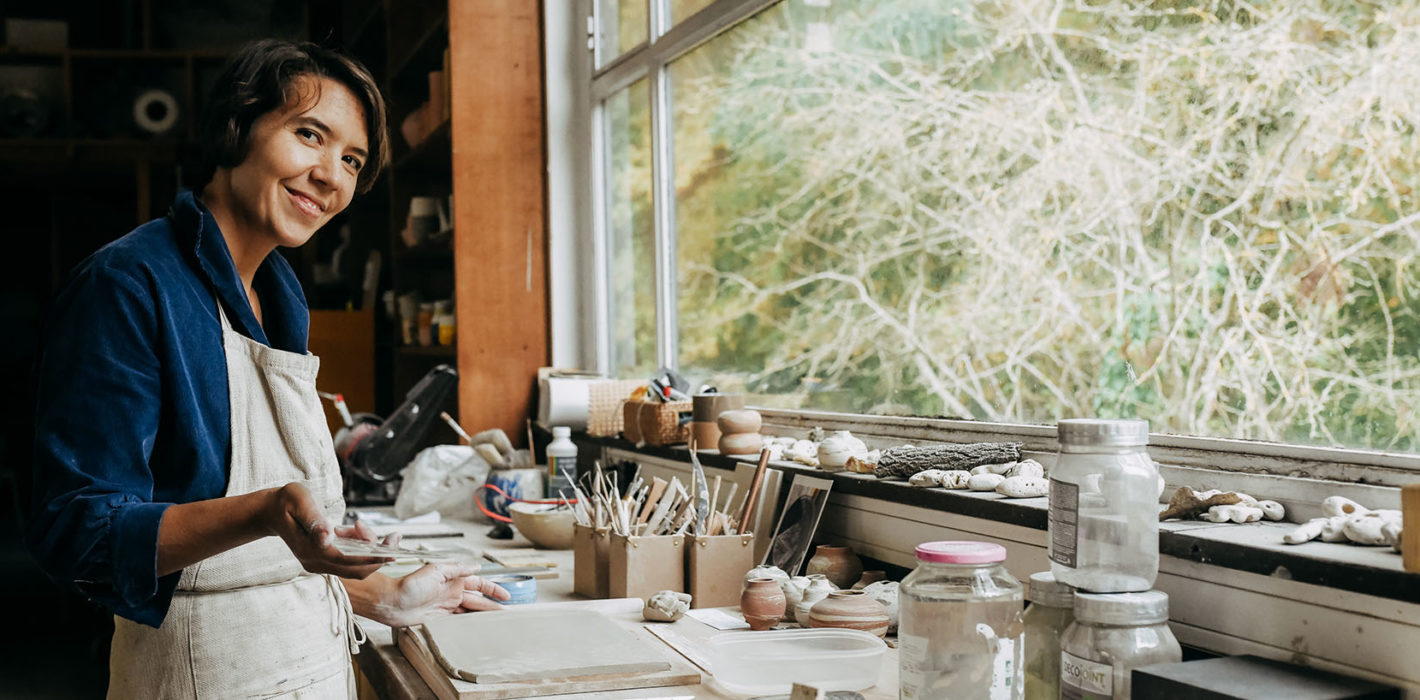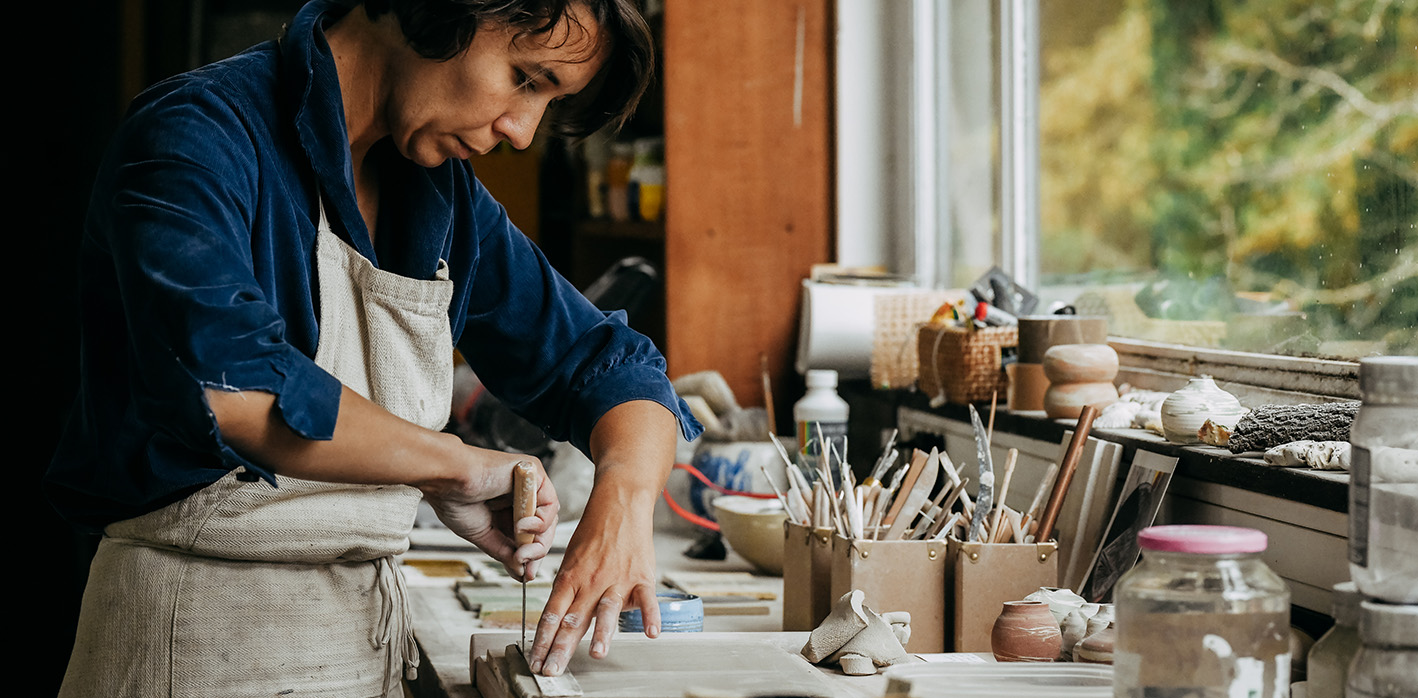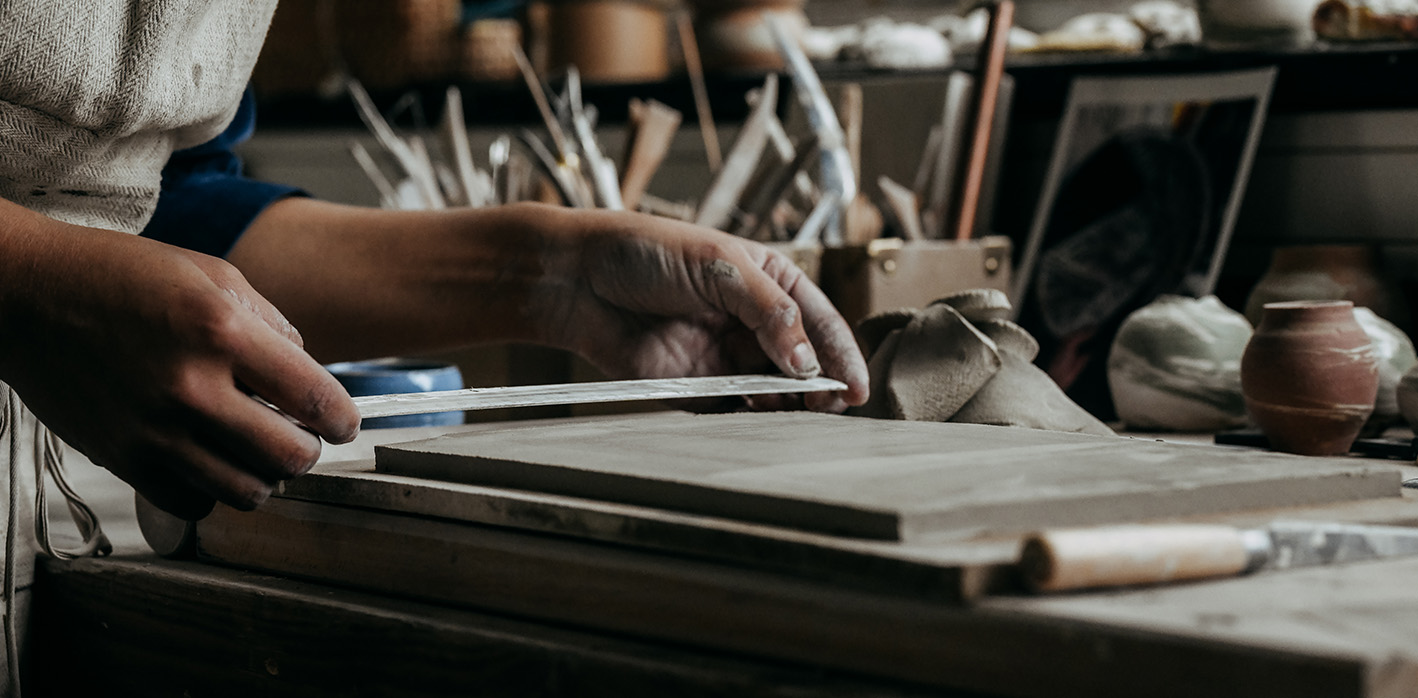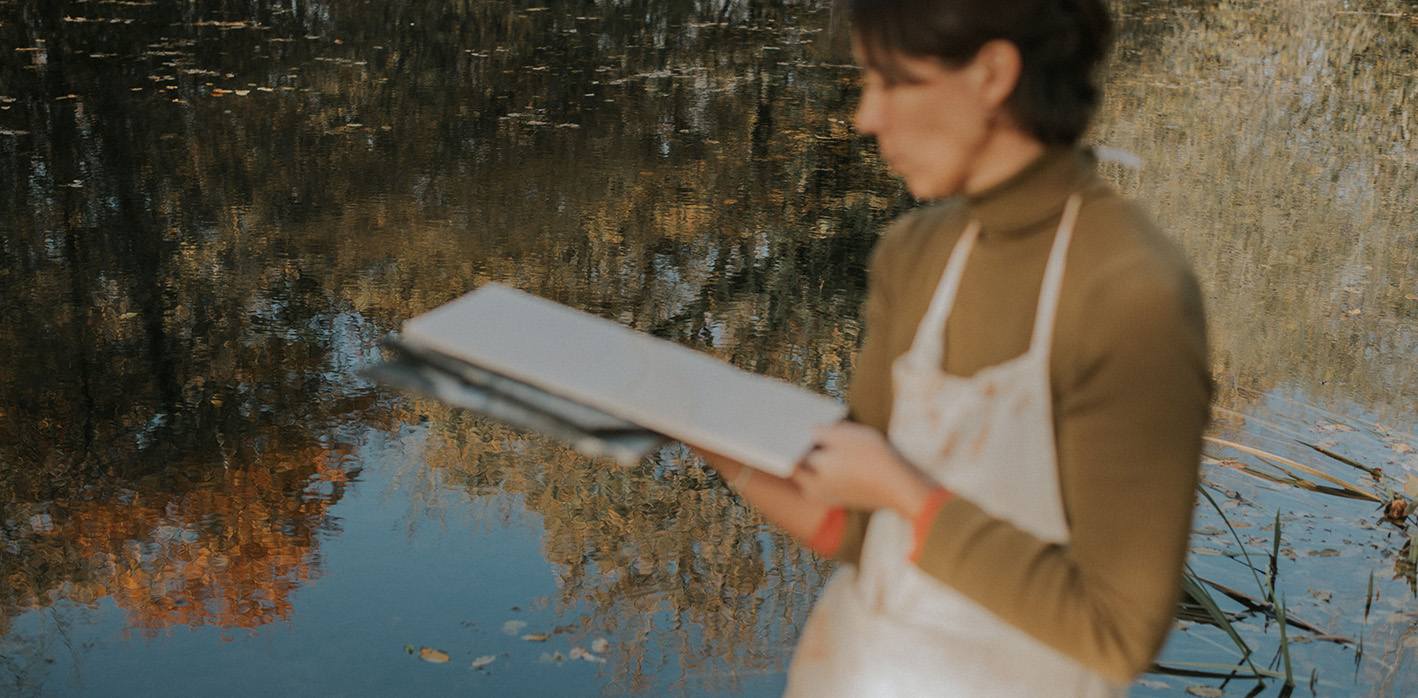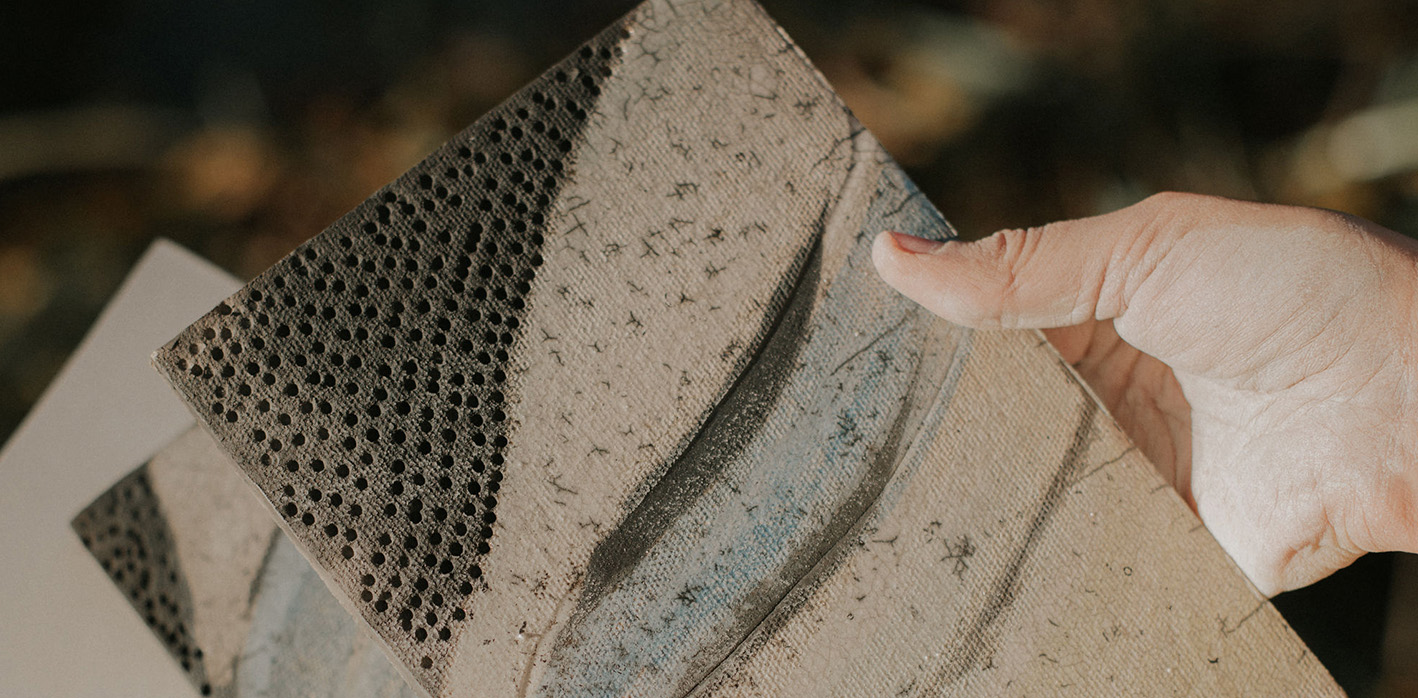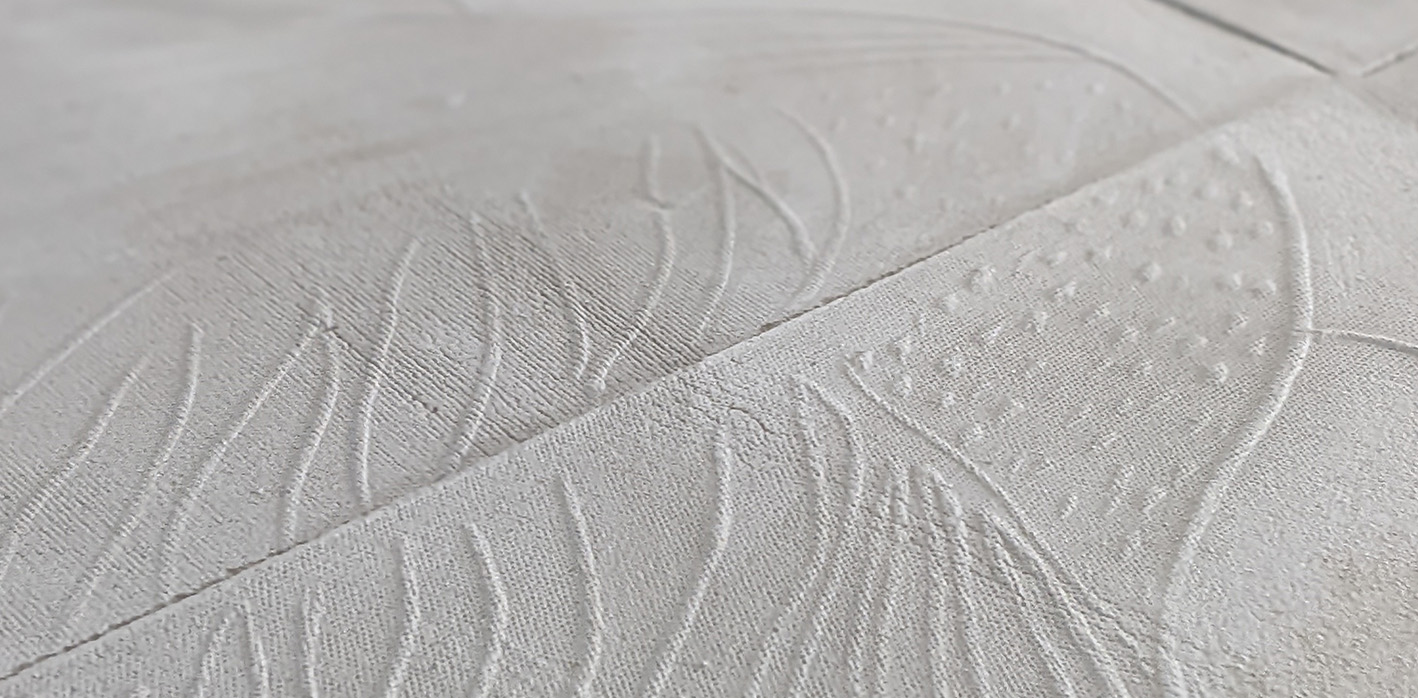Sonja de Monchy
Ceramic Artist
Dedicated to handwork and the expression of materials and colour, Sonja de Monchy conceives custom glazed ceramic surfaces and objects in her studio, intended to enhance spaces. She masters the art of Raku, “the happiness in chance,” which invites letting go in the ceramic creation process. Explore her journey, inspirations, and approach to creation:
What is your background?
Graduated in 2008 from ENSAD Paris in the Textile and Material section, it was during my Erasmus exchange in Copenhagen, at the Danmarks Designskole, that I reconnected with clay, which I had practiced in my youth. In 2011, I earned a Master’s degree from the School of Communication at Sciences Po Paris and had my first entrepreneurial experience at a business incubator with an art education project for young audiences. I then supplemented my technical skills through specialized training and internships: upholstery, ceramic enamel creations, pottery… My journey mainly reflects a strong appetite and curiosity for learning artistic and artisanal techniques. With this knowledge, I readily combine textile techniques and craftsmanship with the field of ceramics. I strive to dedicate time to creative research.
What are your sources of inspiration?
The nature surrounding my studio is a major source of inspiration. Contemporary creation and ancestral crafts also greatly nourish me. I am very sensitive to movements that “work” the material. Expressionist painting or sculpture, outsider art, as well as artists like Brancusi, Louise Nevelson, or Pennone.
I appreciate the graphic rhythms found in the minimalist writings of Pierrette Bloch. I admire the Bauhaus school, particularly the work of Anni and Josef Albers. Calder and Chillida also captivate me with their strong graphic elements. For colours and patterns: Matisse, Bonnard, Toulouse-Lautrec, and Paul Klee. Traditional ceramics (chawan bowls) and Japanese textiles, weavings, architecture, and travels… And all natural materials that interest me! If I had to mention just one ceramic artist, it would be Lucie Rie.
You master Raku. Can you explain what this technique entails, where you learned it, and what attracted you to it?
Raku firing, which means “the happiness in chance” in Japanese, invites letting go in the ceramic creation process. Since the pieces are removed from the kiln at full temperature, a thermal shock causes the glaze to crack. These cracks are then emphasized by smoking in sawdust, creating a play of random lines.
I discovered this technique during my ceramic learning experiences in 2015. I was immediately drawn to the process that allowed us to experience the magic of fire, the fusion of glaze and colours freezing before our eyes. I deepened my understanding of this technique through subsequent experiences and extensive documentation on the subject, but I did not follow a traditional apprenticeship since there is no formal Raku training.
How do you approach the creation of your pieces?
I begin with drawing and material research. I rarely use 3D, if at all. I often create my pieces directly to scale. One shape, texture, or colour leads to another. I frequently combine raw textures and materials with geometric compositions so that my work is never smooth; I appreciate irregularities.
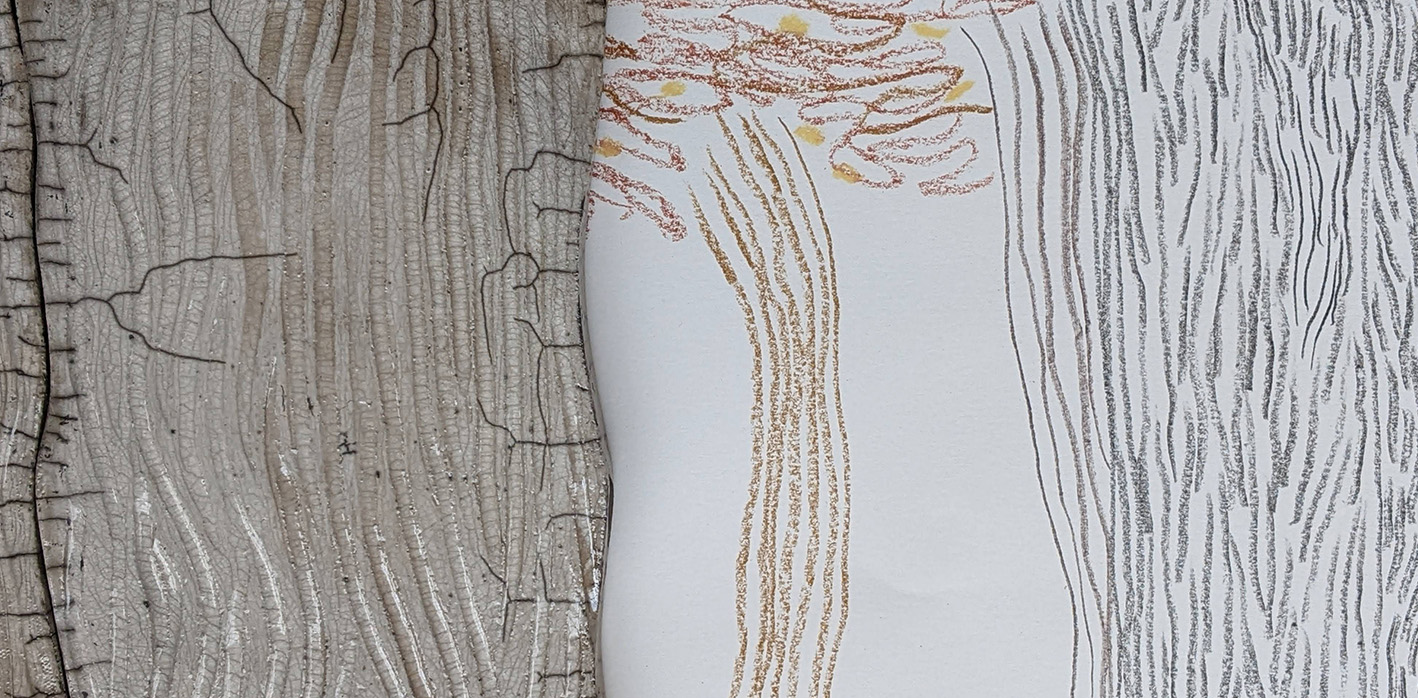
How do you work with interior designers who prescribe your creations?
I highly value the exchanges I have with my clients. Interior designers are primarily creatives, and their perception of my materials always pushes me into uncharted territory. After providing them with samples for their project, I develop prototypes and models for validation before moving into production.
What project do you dream of working on?
I’m already living the dream I articulated five years ago, but I could push the boundaries even further and now imagine working on a project for a house… entirely made of ceramics!
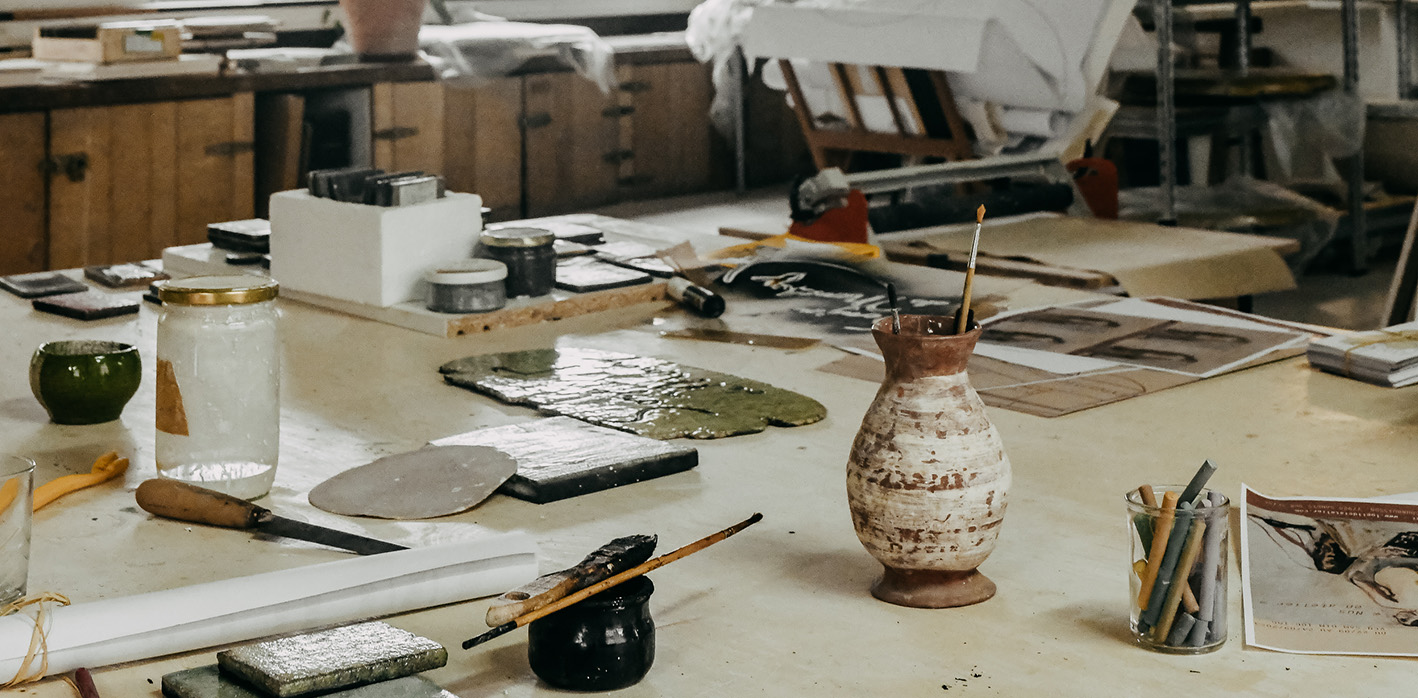
Photos – ©Candice Nineh, ©Sonja de Monchy, ©Marie Digard
